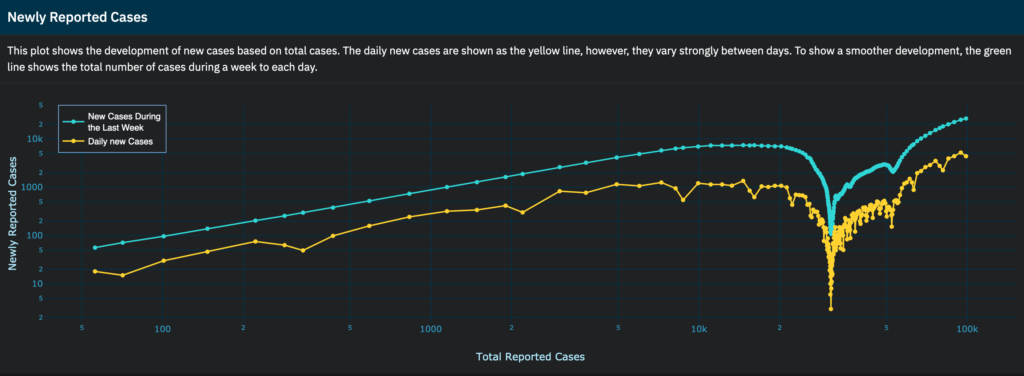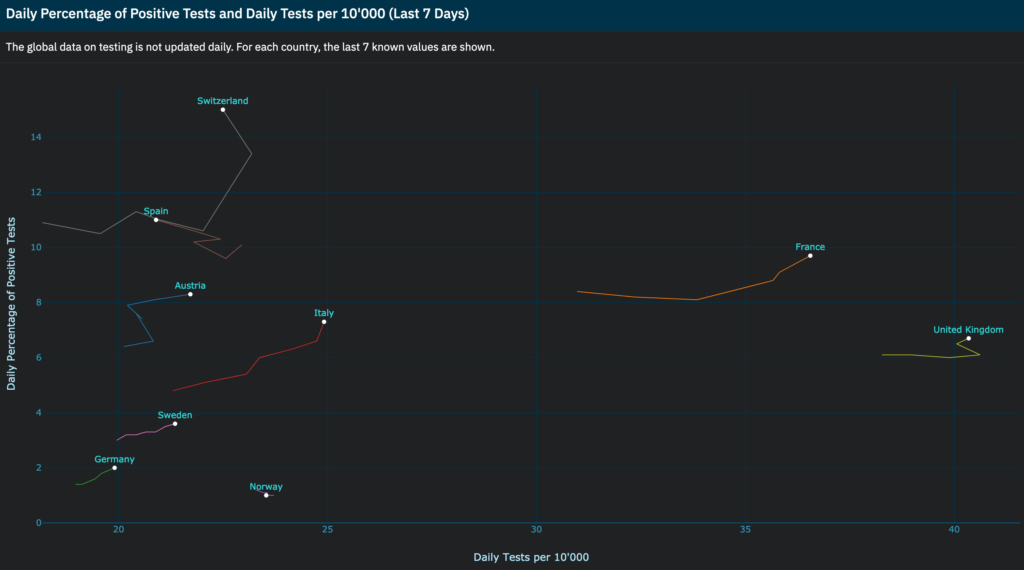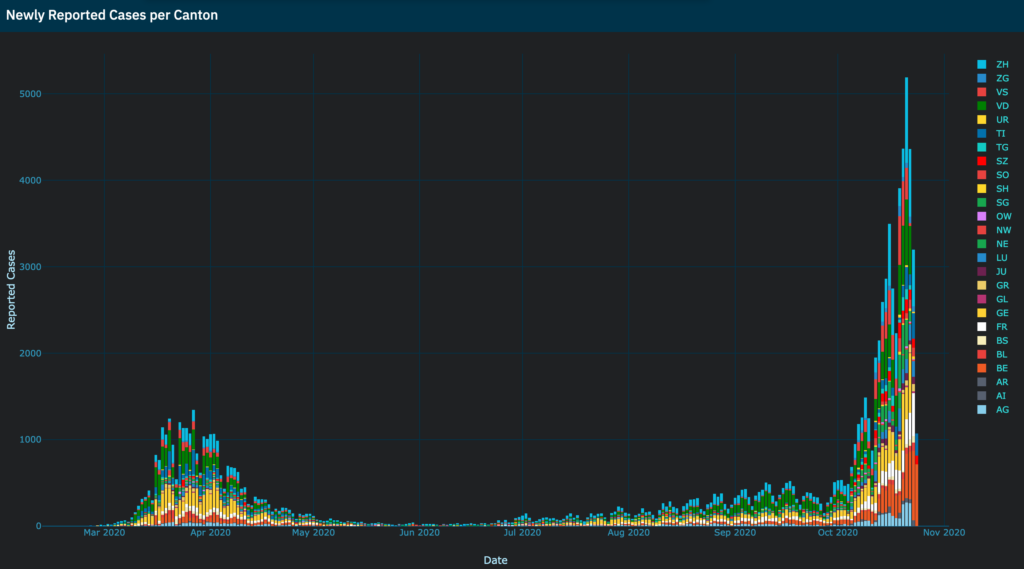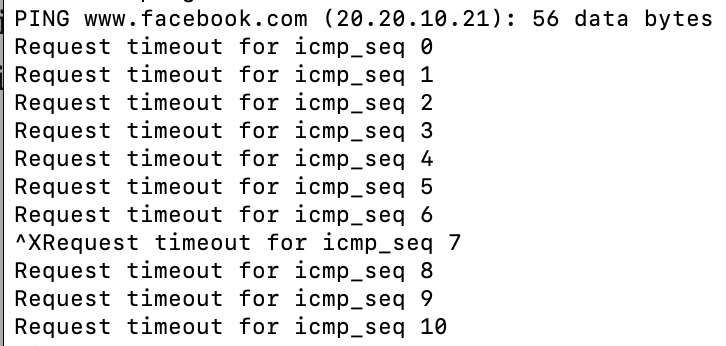On the Prospect of Re-confinement
Today let’s comment on the prospect of Re-confinement. Plenty of people, when lockdown ended, decided that now was the time to start doing group activities, without masks, and without waiting for the transmission rate to get down to zero. As a prize they had a relatively normal summer, with good memories, stories and pictures to share.
Some of us were short-sighted and silly. We thought “Oh, if we wait another month then life will be back to normal and that’s when we can have an ordinary summer, rather than a summer running on fumes.
That decision resulted in us spending a summer in solitude, which in turn means that we never de-confined. We never went back to socialising and we never did things with people. We never shook hands, never gave hugs, never did group activites outside of our family circles, and even those interactions were limited.
Since March I have been in a car with someone without masks just once. That’s seven months of privation.
Others are protesting at the thought of being confined again, of not being able to go to the bar after 2200 or 0000. They’re complaining because they can’t meet in groups of more than five, or even ten.
I haven’t been in a group of more than five since the pandemic started.
If everyone had sacrificed their social lives from March to the first of August in Switzerland then we would be out of the pandemic now because the virus would have run out of people to infect.
By resuming life as normal we have gone from a low of eleven cases per day to 5950+ yesterday. In the Swiss press they’re writing about us being back to the same situation as we were in March, with hospitals in some cantons, very close to capacity, and in others getting there by Mid-November.
The challenge faced by governments is that they must respect people’s rights, but on the flipside people do not respect their responsibilities towards society. Governments are begging people to “wear the mask, this includes over your nose” and “maintain one and a half meters between yourself and others.” We see how little this is respected by how many new cases are emerging on a daily basis. People do not take their responsibility not to be a disease vector seriously enough so the pandemic that could have been over within two months, is now seven months old, with no prospect for an end.
People are appalled at the prospect of being reconfined but it is their actions that ensured that we would be reconfined. It is because they did not take a break from socialising during the pandemic, that the pandemic could last so long.
People keep saying that pandemics are complicated and complex, which they are, but they’re also simple. If people restrict their interactions to the bare minimum then the virus will not infect seven hundred people in a single day. There walk talk of one person infecting 115 in Switzerland. In a podcast, about another country, one person infected 6000.
Pandemics are unpleasant to live through, and it is for this reason that we should sacrifice all non-essential social interactions until the pandemic is over. The more seriously we take self-confinement, the less opportunities the virus has to spread, and the less opportunities it has to spread, the sooner the pandemic is over, and life can resume.
People want the pandemic to be over, but they’re expecting others to sacrifice, while they continue having their fun and socialising. Pandemics don’t work like that. Everyone must sacrifice, for life to return to normal, and for jobs to return.
The rules, during this pandemic are few, and simple.
- wear a mask
- wash your hands
- Avoid hugs, kisses and handshakes
- avoid groups of more than five
- stay one and a half meters from people not in your household.
Are these rules so hard to obey, that they’d rather risk re-confinement than obey them? These are easy rules to obey. It would be a shame to be re-confined because these simple instructions were not accepted.
We go back to a question I was asked a few months ago. “Don’t you worry about being confined for two weeks?” “No, because for as long as the pandemic lasts I am self-confined anyway.” For me nothing changes, until the pandemic ends.







